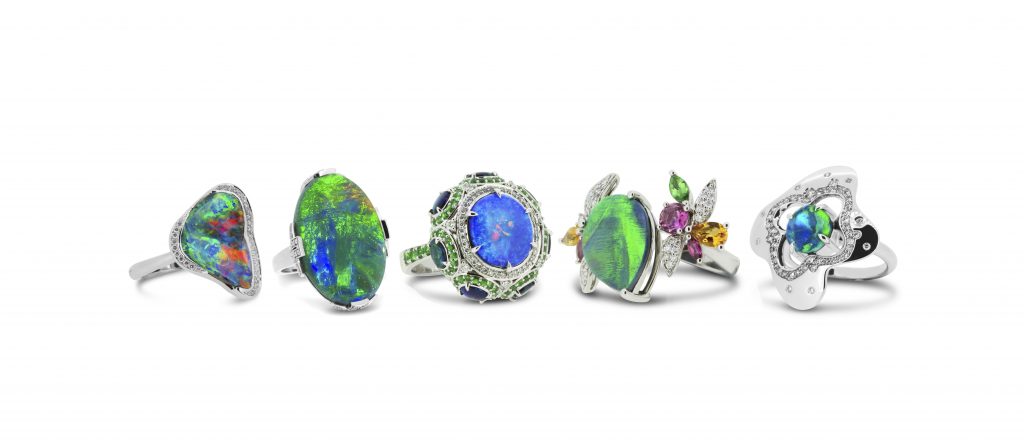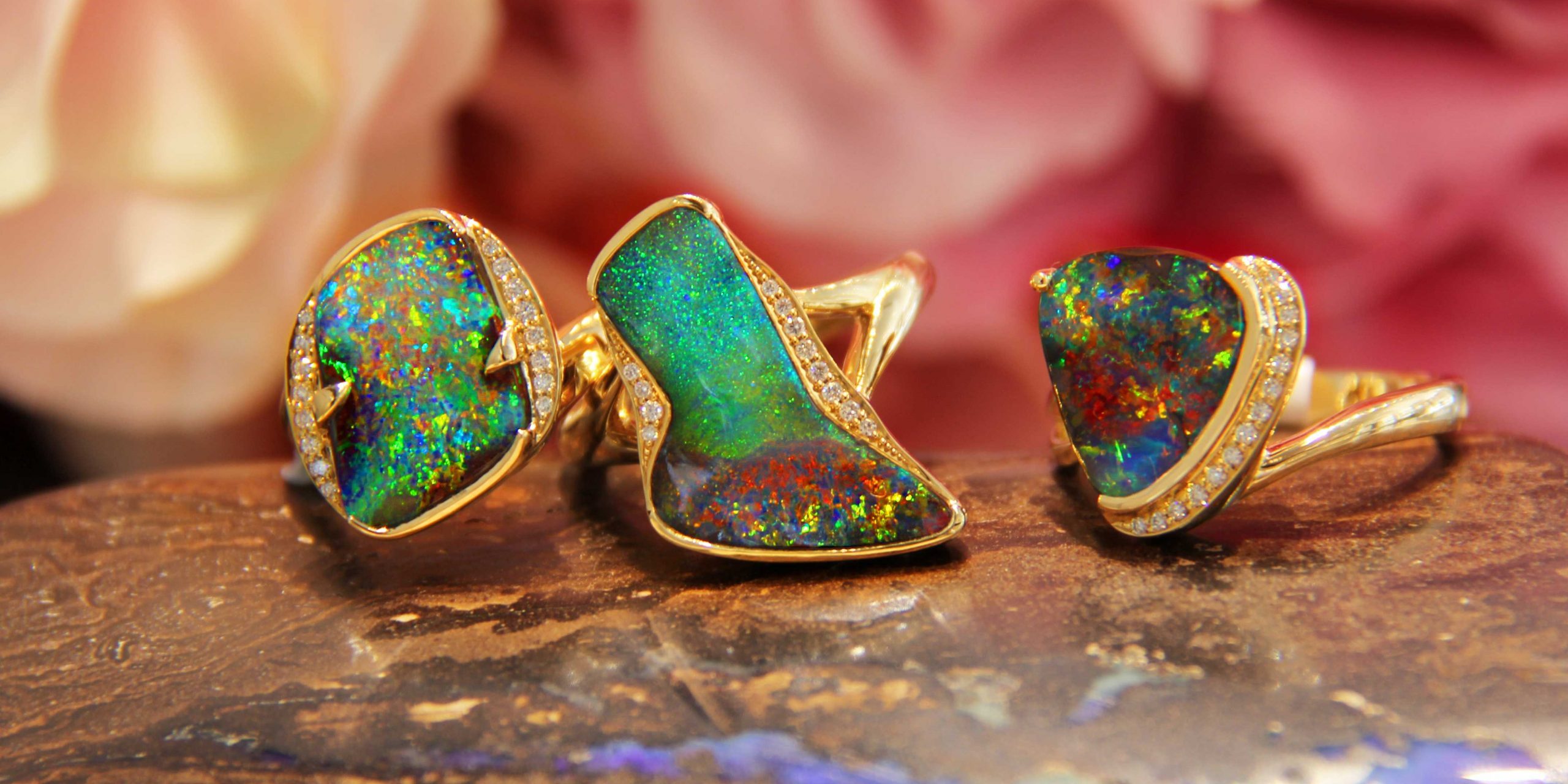Opal, often referred to as Australia’s national gemstone, holds a mesmerizing allure with its kaleidoscopic play of colors and unique formations. This precious gemstone has captivated the world with its beauty and mystique, earning a special place in both history and modern culture.
Introduction to Opal
Opal is a hydrated amorphous silica form mainly found in Australia. It is composed of tiny silica spheres arranged in a regular pattern, which diffracts light to display a spectrum of colors. The history of opal in Australia dates back thousands of years, with evidence of its use by Indigenous Australians for both ornamental and spiritual purposes.
Types of Opal
Opal comes in various types, each distinguished by its color play and formation. The most notable types include Black Opal, renowned for its dark body tone and vibrant flashes of color; White Opal, characterized by its light background with vivid hues; Boulder Opal, formed within ironstone boulders, displaying a mix of colors against its host rock; and Crystal Opal, prized for its transparent or semi-transparent body with intense color play.
Characteristics of Opal
The mesmerizing color play exhibited by opals, known as opalescence, is a result of light interacting with the silica spheres within the gemstone. Opal forms in voids or fissures within sedimentary rocks, such as sandstone or clay, through a process of deposition from silica-rich water.
Opal Mining in Australia
Australia is the world’s leading producer of opal, with opal mines scattered across regions such as Lightning Ridge, Coober Pedy, and Andamooka. Opal miners utilize various methods, including shaft mining and open-cut mining, to extract opals from the earth. However, the industry faces challenges such as harsh environmental conditions and fluctuating market prices.
Opal’s Cultural Significance
Opal holds deep cultural significance for Indigenous Australians, who regard it as a sacred stone representing the creation of the universe. In modern Australian culture, opal is cherished as a symbol of national identity and pride, often featured in jewelry and artworks.
Uses of Opal
Opal is primarily used in jewelry, where its vibrant colors and unique patterns make it a sought-after gemstone for rings, pendants, and earrings. Additionally, opal is utilized in ornamental objects such as sculptures and carvings, as well as believed to possess spiritual and healing properties by some cultures.
Opal Market
The global demand for opal continues to rise, driven by its rarity and aesthetic appeal. Australia dominates the opal market, with its opal industry contributing significantly to the country’s economy. However, factors such as opal quality, size, and color intensity influence opal prices, making it a commodity with fluctuating values.
Famous Opals
Several famous opals have gained international acclaim for their size, beauty, and historical significance. These include the Andamooka Opal, a large gemstone discovered in South Australia; the Olympic Australis, one of the largest and most valuable opals ever found; and the Flame Queen Opal, renowned for its fiery red hues.
Opal Myths and Legends
Opal has been the subject of numerous myths and legends throughout history, often associated with love, luck, and protection. Some cultures believe opals possess magical powers, while others view them as omens of good or bad fortune.
Caring for Opals
Proper care and maintenance are essential to preserve the beauty and integrity of opal jewelry. Opals should be cleaned gently with mild soap and water, avoiding harsh chemicals or abrasive cleaners. Additionally, opals should be stored away from direct sunlight and extreme temperatures to prevent damage.
Future of Opal Industry
The future of the opal industry hinges on sustainable mining practices and technological advancements. Efforts are underway to minimize the environmental impact of opal mining while enhancing productivity and efficiency through innovative techniques.
Conclusion

Opal stands as a symbol of Australia’s rich geological heritage and cultural diversity. Its captivating beauty and mystical allure continue to fascinate people around the world, ensuring that this national gemstone remains a cherished treasure for generations to come.
FAQs
Are opals expensive?
Opal prices vary depending on factors such as size, quality, and color play, with some opals fetching high prices due to their rarity and uniqueness.
Can opals be worn every day?
While opals are relatively durable gemstones, they should be handled with care and protected from harsh chemicals and extreme conditions to prevent damage.
Do opals bring good luck?
Opals have been associated with both good and bad luck in different cultures, with some believing they bring fortune and others viewing them as omens of misfortune.
How do I know if an opal is genuine?
Genuine opals typically exhibit a distinctive play of color when viewed from different angles, unlike synthetic or imitation opals.
Are opals only found in Australia?
While Australia is the primary source of opals, they can also be found in other countries such as Ethiopia, Mexico, and Brazil.







